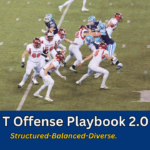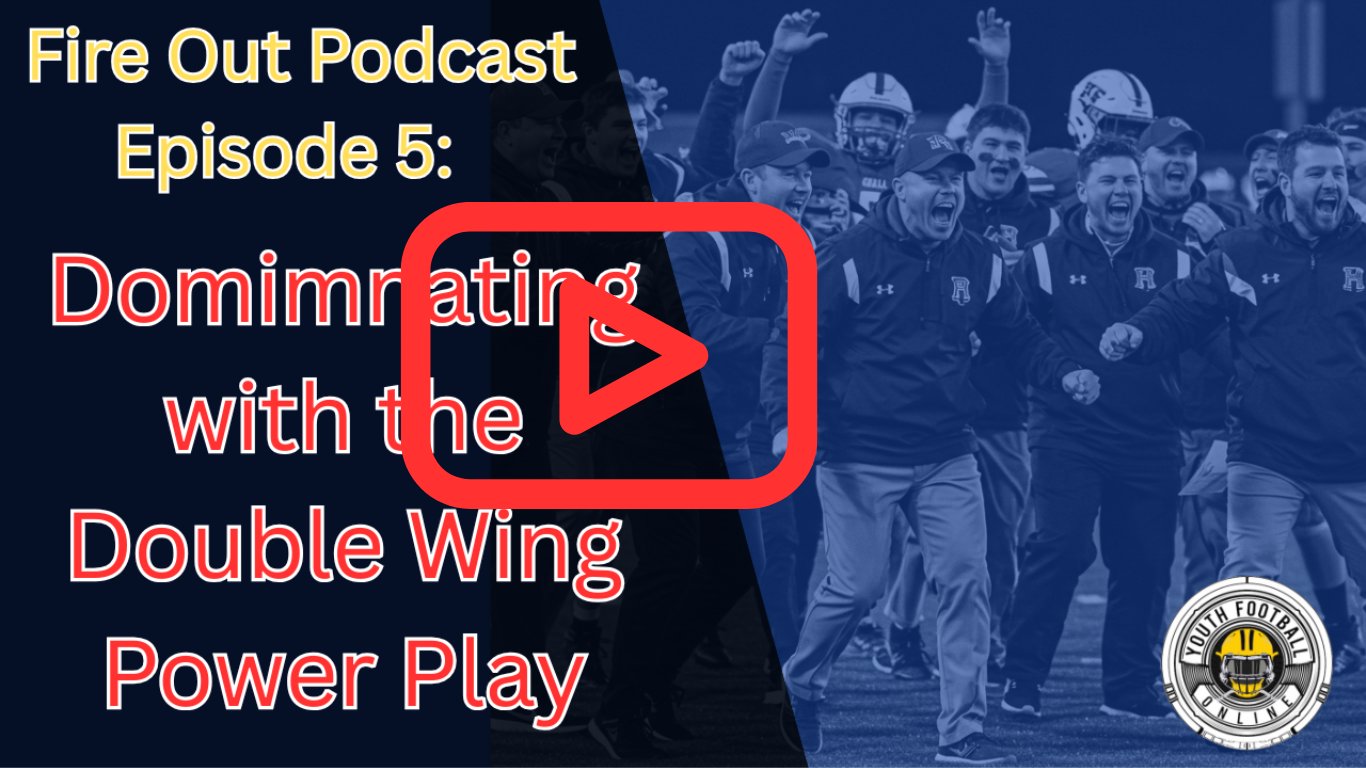Training Plan: How to Run Hills
How to Run Hills, A Training Plan
The benefits of running hills are vast and primarily include increases in speed, strength, and cardiovascular endurance. These attributes are vital for success in youth football and can be developed over time.
Again, particularly in young athletes, regimented strength and conditioning workouts are not necessary. Normal physical activity in the form of free play and other sports typically provides all of the physical preparation needed for football season. However, structure can be provided as a means of enhancing athleticism beyond what would be expected in regular activity.
The key is to provide safe, age-appropriate activities.
Speed and strength training in the form of hill running is a perfect example of such structure. More effort is required to sprint uphill when compared to running on flat terrain because gravity becomes more of a challenge. This is an ideal form of training for youth because it is natural and does not require the need for any equipment. Although football fields are flat, hill training is sports specific in that the athlete is forced to use movements he or she would use on the field, but in a much more challenging environment.
Likewise, cardiovascular endurance can also be enhanced through hill training, depending on how the workout is structured. Again, a hill can provide football specific training that is optimal when compared to activity (cycling, for example) that wouldn’t be employed directly on the football field. Hill running mimics the flow of a football game in that each trip up (or down) the hill is a repetition…similar to running a play and having the opportunity to return to the huddle. It provides an environment to put forth a great amount of effort for a short time, followed by a period of rest.
Choosing A Hill
Seems simple enough, but there are a few things to keep in mind. First, when choosing a hill, choose one that has a grade (incline) no greater than 10 degrees. The steeper the hill, the more stress it can place on the muscles and joints of the lower limb….and not in a good way. Next, make sure the hill is SAFE. It should be covered in grass, free of rocks and holes, and in a safe area (not near a street)
Structuring the workout depends on the overall goal. Strength gains will always be a byproduct of hill training, however, longer rest periods should be employed for optimal results. To increase strength, the athlete must put forth maximal effort each rep. This is not possible if the athlete is too fatigued. Likewise, the athlete can’t increase their speed if they aren’t running as fast as possible. Thus, for speed training, the athlete must fully recover after an uphill sprint, prior to starting the next rep. Conversely, endurance gains are made by minimizing rest.
Sample Endurance Hill Running Workout:
*Remember to warm up and cool down.
1st Quarter:
- 4 Uphill Sprints – The downhill jog to return to the starting position is the rest period.
2nd Quarter:
- 4 Uphill Shuffles, alternate the lead leg each rep – The downhill jog to return to the starting position is the rest period.
3rd Quarter:
- 4 Bounds (bounding is an exaggerated run with leaping strides) – The walk down hill to return to the starting position is the rest period.
4th Quarter
- 4 Uphill Broad Jumps (the goal is to make it up the hill in in the least amount of hops as possible) – The walk down hill to return to the starting position is the rest period.
Overtime
- 4 Uphill Sprints – The downhill jog to return to the starting position is the rest period.











